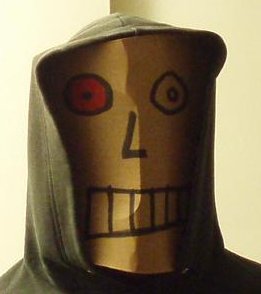So, yes, I know that due to layer lines etc, FDM (PLA) printing isn’t safe for food, however is there a way of making it safe? Essentially I want to create a draw insert for cutlery, so can I print it, the coat it in something to make it food safe?
Others can correct me if I’m wrong, but PLA the plastic itself is food safe. As in, you can put it in your mouth and it’s fine. The issue comes from the 3d printing process which tends to create small pockets and porous surfaces where microbes can hide and grow once it gets wet, kind of like a sponge. So you could print a single-use fork and eat with it, but don’t reuse it later.
I think an insert for cutlery would be fine since you aren’t going to be getting it wet or putting it in contact with your mouth or food.
I remember reading something that matches exactly what you’re saying above. The material is food-safe, but the geometry is not.
So 3d printing a cup, plate, or measuring cup is not recommended, but the cutlery insert OP is describing should be fine, no need to coat it.
You are correct, PLA is per definition food safe. The problems you mention are also correct. There are two other major problems: There can be residues from other prints in your printer which contaminates your prints. The manufacturer does not label their filament as food safe. There are no list of additives which could be harmful.
There are ways around some of the problems like smoothing with heat or chemicals. Most of the time it is no major concern. Containers for cutlery? No problem as long you are not selling them. Container for food itself like lunch boxes? This is something I personally would not risk. Lids for containers with no direct contact to the food? I think you should be alright. Just don‘t do it commercially.
Brass nozzles also have trace amounts of lead in them. It’s a miniscule amount but if you’re going for absolute food safety you may consider a steel nozzle.
It’s possible to smoothe PLA by exposing it to ethyl acetate (or get a spool of PVB—prints at about the same settings as PLA and smoothes with isopropyl alcohol). As others have already said though, this is probably not needed for a cutlery storage drawer insert, unless you’re in the habit of putting your cutlery away dirty.
There are definitely a few potential options, I think! Mostly experimental ones though, so no guarantees that they actually work lol. For example:
- Sinter it. Basically print at 100% infill, completely pack it in salt/sand/etc, and heat it in a kiln/oven/etc. The plastic will (hopefully) remelt and solidify without all the pockets inside.
- Seal it with something foodsafe and nonpermeable, some kind of varnish or lacquer, even electroplating maybe. The pockets will still be in there but nothing will be able to get into them.
- Use the 3d print for lost PLA casting instead, essentially replacing it with something else like metal.
You could coat it with a food safe epoxy or clear coat.
This is how I make all my prints food safe. Just make sure rhe epoxy is nice and warm and it’ll coat the model nicely.



